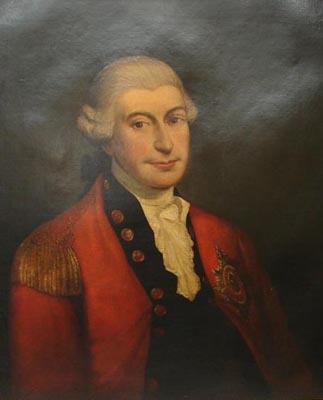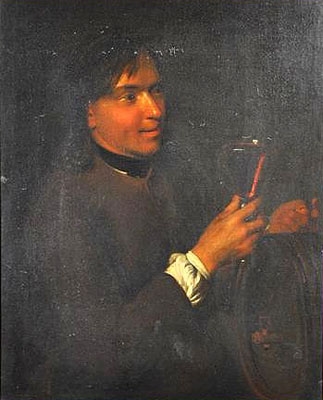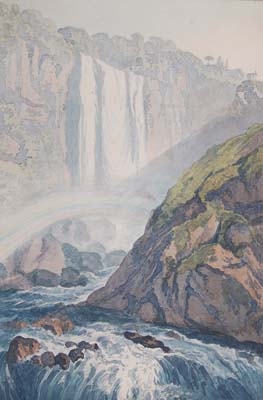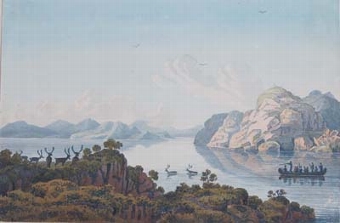featured item
portrait of lord aldington (1914-2000)
- View other items in:
- antiques interior design modern and vintage
- other interior design
artware ltd
Enquire about this antique
Artware Ltd has 565 antiques for sale.
click here to see them all
Lord Aldington, Born on May 25, 1914, was educated at Winchester and New College, Oxford, before serving in World War II in Greece, Crete, Egypt, Libya, Tunisia, Italy and Austria. He was awarded the Distinguished Service Order, the Croix de Guerre and the American Legion of Merit. He entered Parliament in 1945 as a Conservative member for Blackpool North and became minister of trade when Churchill returned to office in 1951 and, later, vice chairman of the Conservative Party. He was ennobled in 1962.
There were many officers who were very unhappy about what we had to do, and I was amongst them, he testified. But I didn''t make a fuss about it. I just got on with the job.
with the Soviet Union, of thousands of captured anti-Communist Russians and Yugoslavs, most of whom were promptly executed or imprisoned.
The artist Bernard Hailstone (1910-1987) was known for his portraits of royalty,members of the Armed Services, musicians and personalities of stage and screen. Among the most memorable are his portraits of Sir Winston Churchill, Peter Ustinov and Sir John Barbirolli. His portrait of Lord Olivier now hangs in the bar of the Garrick Club.
Less known, but among his best work, are his paintings of the Blitz. During the war he joined up as a fireman in the Auxiliary Fire Service, along with such artists as Norman Hepple and Leonard Rosoman, and would set up his easel among the bombed London churches and smouldering buildings when there was a lull in the raids.
The experiences of these firemen artists were not without their humorous side, for example, when Hailstone helped to extinguish a fire in a warehouse containing barrels of rum near the docks, or when he was disciplined for using His Majesty'';s gas to give himself enough light to complete a picture after dark.
His work came to the notice of Kenneth Clark, who in 1941 asked him to become an official war artist to the Ministry of Transport. During this period he recorded the life of the Atlantic and Mediterranean Convoys. In 1944 he was sent to South East Asia Command (SEAC) to paint Lord Mountbatten and members of his staff. Much of his work is in the Imperial War Museum.
This was the beginning of Hailstone''s career as a portrait painter, which he pursued for the rest of his life - perhaps, some felt, at the expense of his sensitive landscape painting.
Bernard Hailstone came from a large family, in Hadlow,Kent, and he remained in Hadlow for the rest of his life. His elder brother,Harold,was a well-known Punch artist and illustrator. Bernard himself was the seventh child of a seventh son, a fact to which he attributed the good fortune and luck which he enjoyed during his adventurous life.
A generous and warmhearted man, he was very good company,and must have been one of the very few painters who could work with others around him. He was never so happy as when dining in the convivial atmosphere of the Chelsea Arts Club or teaching his pupils during the weekly painting classes he held at this studio.
Teaching for him was perhaps rather more an occasion for getting intouch with others than a strict economic necessity,for he had a cavalier attitude to money and an endearing absent-minded and disorganised way of life which kept his many friends amused.
In spite of this, Bernard Hailstone was much in demand and travelled the globe making new friends through his commissions. He often travelled to New York on the QE2, and would entertain passengers with after-dinner talks on his long and varied career and eminent people he had painted.
Antiques.co.uk Ref: 32U9W3GR
- Materials:
- Oil on Canvas
- Width (cm):
- 25 x 24 ins. (63.5 x 61 cms.)
Artware Ltd
Artware Fine Art specialises in fine antique, decorative and historical portraits and topographical pictures . We cover a period from the 17th and 18th centuries through to the 19th & 20th Centuries. We have over 150 portraits in stock, which can be viewed on our web site, each historical portrait has well researched biographical information both on the sitter and the artist.
Contact details
18 La gare
51 Surrey row
London
Greater London
SE1 0BZ
UNITED KINGDOM
T: 0207 921 97904
E: greg@artwarefineart.com
W: www.artwarefineart.com












